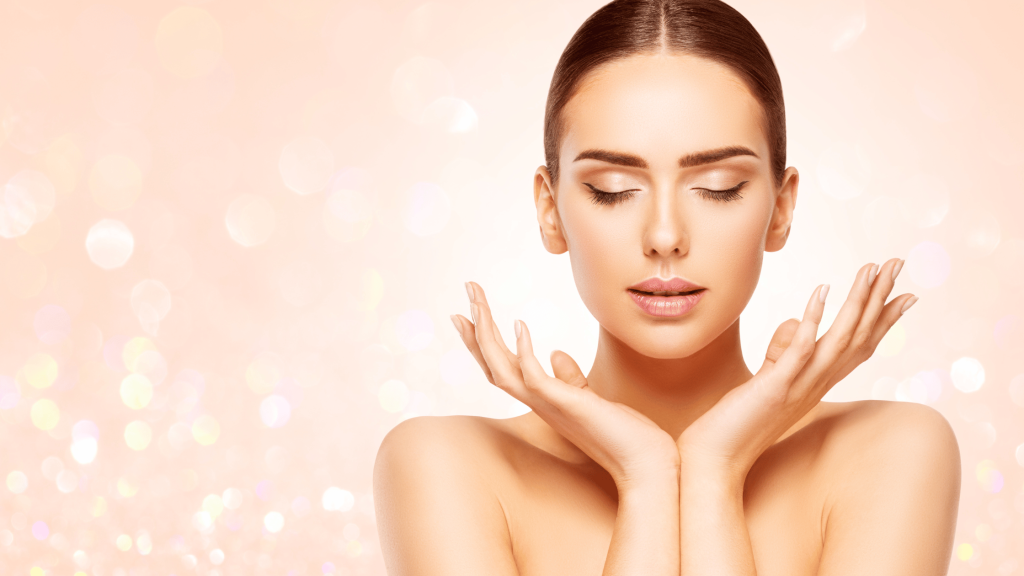
A vibrant complexion and supple skin texture are key indicators of youth and vitality. As we get older our skin loses its collagen and elastin, which then starts to form fine lines and wrinkles, the skin will also start to change it texture which is part of the ageing process.
But the good news is there are looks of skincare ranges and techniques now on the market to help reduce the ageing process and remove wrinkles to help slow down the ageing process. But how to these products actually work?
OK, so let’s look at treatments such as microdermabrasion and chemical peels.
Microdermabrasion
Microdermabrasion works by having tiny exfoliating crystals that remove the top layer of the skin and any dead skin cells. By doing this it created healthy new skin cells, which encourages a great skin glow.
By doing this the Microdermabrasion helps stimulate the collagen production to help with the skins texture and making those fine line and wrinkles look more reduced.
Chemical peels
Chemical peels, on the other hand, utilise different types of acids to ‘peel’ off the upper layers of skin, revealing a fresh layer underneath.
After this has taken place the skin starts to repair itself leading to new cells being created making the skin smoother with a more even complexion.
Laser treatments
Laser treatments, such as fractional CO2 lasers and intense pulsed light (IPL) therapies, use focused light to generate heat in specific skin layers. The heat encourages the body’s natural healing response, stimulating collagen and elastin production.
The proteins are needed to help maintain the skins elasticity and firmness. By doing this it helps reduce the sagging and wrinkles. Furthermore, these treatments can also target pigment issues, reducing the appearance of age spots and sun damage.

Injectable treatments
Injectable treatments like Botox and dermal fillers offer another approach to facial rejuvenation.
Botox, a purified form of botulinum toxin, works by blocking nerve signals in the muscles where it’s injected. This causes the muscles to relax, subsequently smoothing the overlying skin and reducing wrinkles.
Dermal fillers, typically composed of hyaluronic acid, add volume beneath the skin, smoothing out lines, plumping up areas of volume loss, and even redefining facial contours.
RF treatments
Radiofrequency (RF) and ultrasound therapies are non-invasive treatments that use energy to stimulate collagen and elastin production. RF treatments heat the deeper layers of skin, causing some immediate tightening and stimulating longer-term collagen production.
Ultrasound therapies
Ultrasound therapies, like Ultherapy, use sound waves to target deeper tissues, tightening and lifting the skin over time.
Even though all these treatments are alike in terms of principles, they are mean to cause a small amount of damage to the skin, by doing this the skin then repairs itself and creates new collagen and elastin. The proteins need is used to keep the skin firm and looking youthful.
As you know, everyone’s skin is different, so when having treatments like these it’s important to speak to a professional practitioner to get the best advice on which treatments are most suitable to your skin.
The results of these treatments depend on many factors like age, skin type and lifestyle. While these treatments are indeed ground-breaking, a holistic approach to skincare remains fundamental. As always, it’s good to have a healthy diet, wear sun protection factor 50! Drink plenty of water and have a good skin care routine.
To sum up, the science behind facial rejuvenation treatments offers exciting possibilities for maintaining and enhancing our skin’s texture and appearance. By leveraging our body’s natural healing processes, these innovative techniques give us new ways to promote and preserve skin health, allowing us to face the future with confidence.

